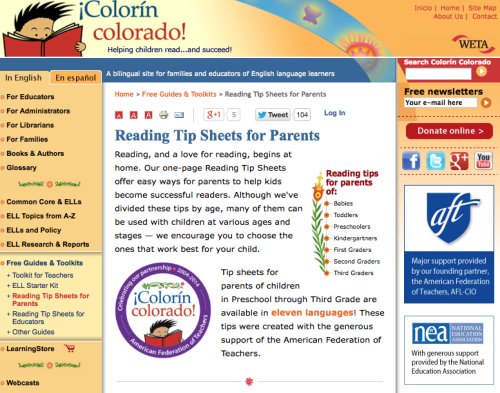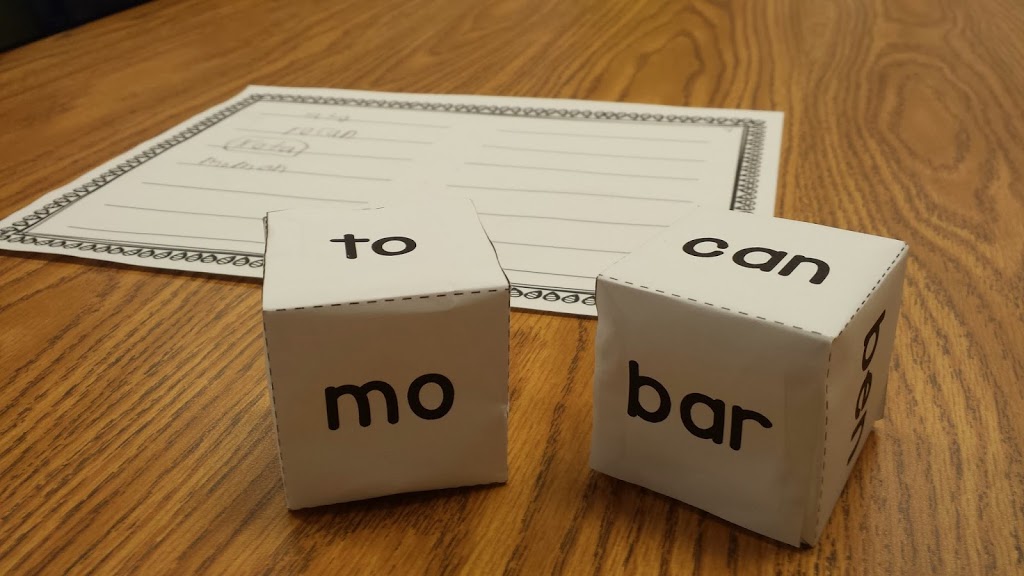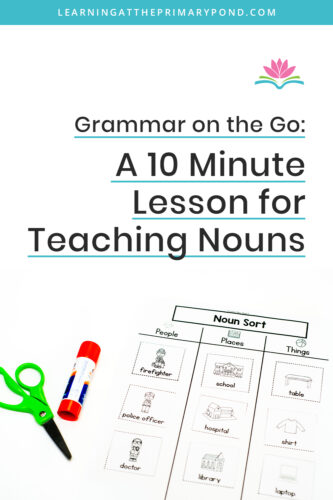Happy Saturday!! I am feeling pretty good about the fact that we only have 2 more days before Thanksgiving break! Our district uses Monday and Tuesday for conferences, so I will probably be interpreting so much that I’ll forget how to speak English, but I am still really excited for our short week!
Speaking of conferences…before I get started sharing about our activities for the week, I want to share this awesome link with you:

One of my classroom teacher friends at my building asked me if I had any tip sheets to help parents support their kids with reading. I immediately thought of Colorín Colorado – a reading site in English & Spanish for educators and families. I went to the site and found these awesome reading tip sheets for parents! They have different sheets for babies, toddlers, preschoolers, Kinders, firsties, 2nd graders, and 3rd graders – and they are available in English, Spanish, and 11 other languages! Wow! This is definitely a great resource if you are looking for something to give out at conferences or send home over break.
Anyway, this week was another full, normal week for us in intervention, which I love! My first grade group is really coming along. We have been working on reading 2-syllable words in Spanish. But last week I noticed that although they were consistently reading the first part of a word when decoding, they weren’t always attending to the second part. For example, for “rosado,” they might say, “rosada” or “rojo,” because they looked at the first syllable, “ro,” but didn’t pay attention to the end of the word. So, for this week, I decided that I wanted our focus to be reading all the way through a word by looking at the word ending.
I started off the week with a dice game that they really enjoyed. One of my kids can be a bit mopey, but I heard him say, “I love this game!” which definitely made me smile.
To make the game, I used these dice templates that I purchased {here}. I put word beginnings on one die, and word endings on the other. When I chose the word endings and beginnings, I made sure that there were lots of different ways to make real words. I also made a recording sheet for kids to write the words they rolled.
To play, you first roll the word beginning die, and read the syllable. Then, you roll the word ending die and read the ending syllable. Next, you put the two syllables together and read them. You write down the word formed, and if a real word has been made, you circle the word on your sheet. Players take turns doing this until the sheet is full or time is up, and then the player with the most circled words wins. You can click on the picture below to download the game for free.
If you teach in English, I can see this being turned into a game for reading multisyllabic words, or a 3-die game to practice reading CVC words. You also might want to copy the die onto different colored sheets of paper – I just didn’t think ahead that far! 🙂
After we played the game on Monday, I kept referring to it throughout the week as students read (“Do you remember how you had to look at the word beginning and ending in the dice game? When you’re reading, you have to look at the word beginning and ending, too.”)
I love anchor games/lessons like this, because the kids enjoy them and then I can refer back to them to reinforce my teaching point.
Have a great weekend!!















